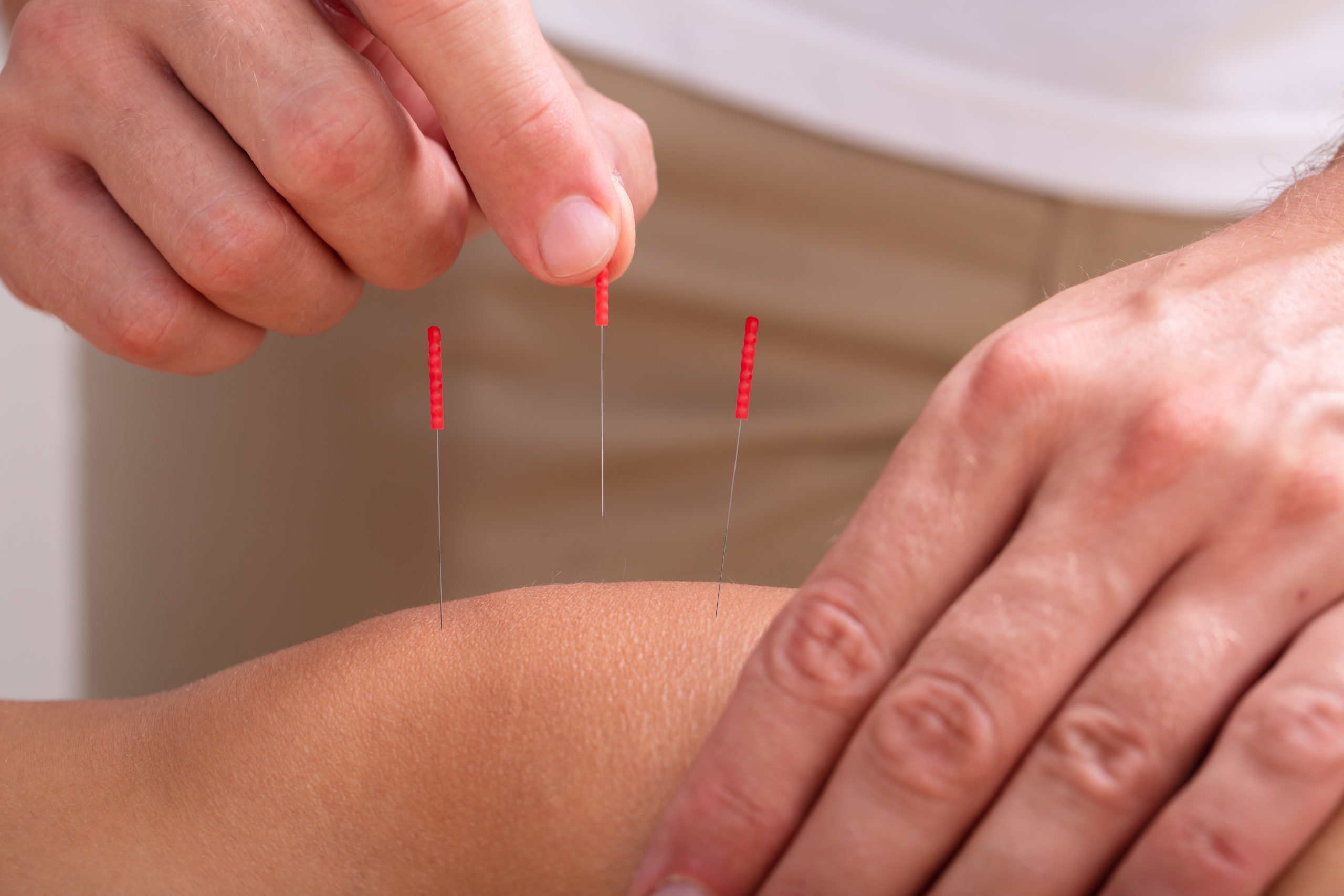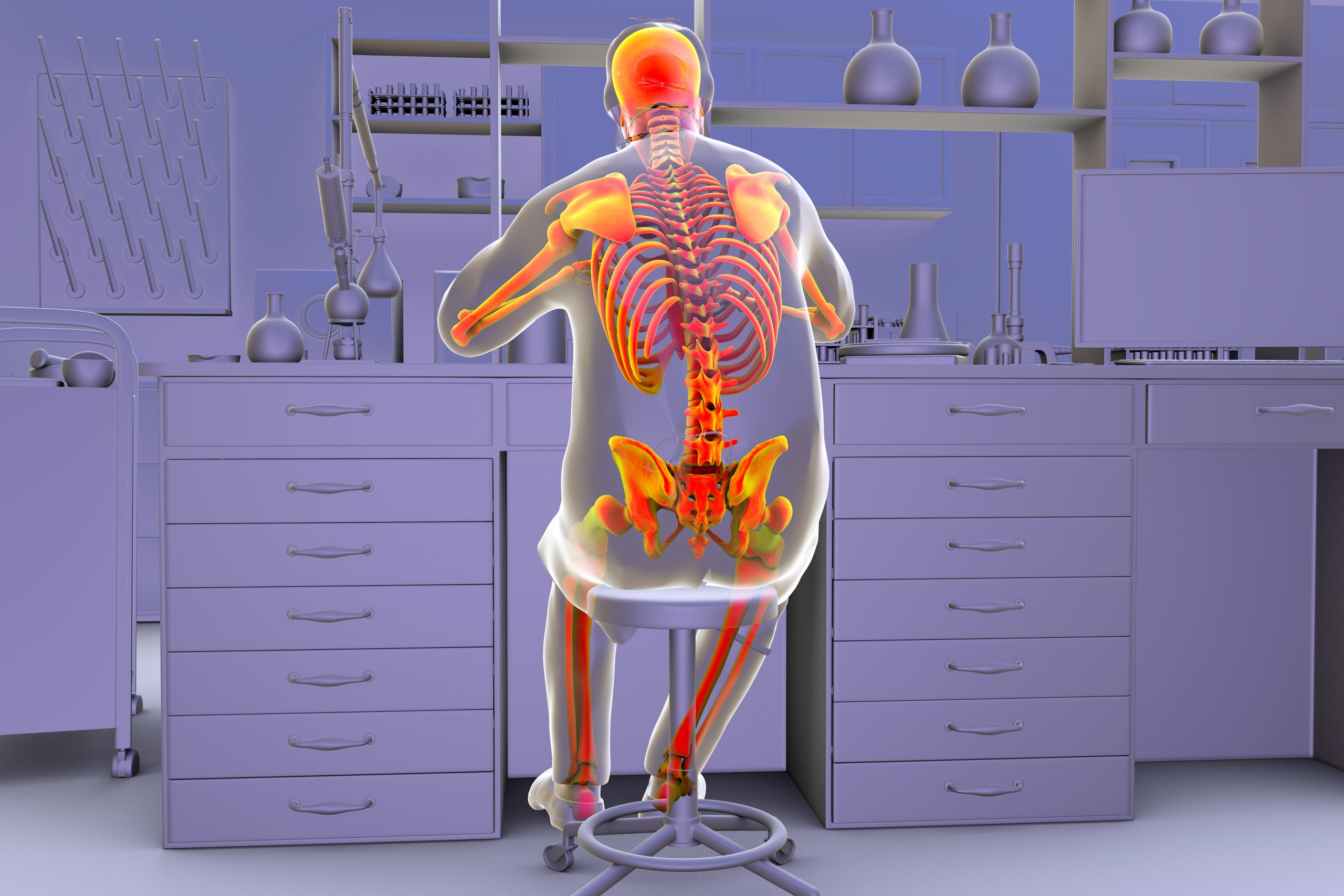Arthritis is a common condition that affects millions of people worldwide. While there are many types of arthritis, two of the most common are osteoarthritis and rheumatoid arthritis. In this article, we’ll explore the difference between osteoarthritis and rheumatoid arthritis.
Osteoarthritis
Osteoarthritis is the most common type of arthritis and is often referred to as “wear and tear” arthritis. It occurs when the protective cartilage that cushions the ends of bones wears down over time, causing pain and stiffness in the joints. Osteoarthritis typically affects weight-bearing joints such as the knees, hips, and spine, as well as the hands and fingers.
Symptoms of osteoarthritis can include:
- Pain and stiffness in the joints, particularly after periods of inactivity or overuse
- Limited range of motion
- Tenderness or swelling in the affected joints
- A crunching or grinding sensation in the joints during movement
- Bone spurs or growths around the affected joints
- Risk factors for osteoarthritis include age, being overweight or obese, having a family history of osteoarthritis, and previous joint injuries.
Treatment for osteoarthritis typically involves a combination of lifestyle changes and medication. Exercise and physical therapy can help improve joint function and reduce pain, while medication such as acetaminophen, nonsteroidal anti-inflammatory drugs (NSAIDs), and corticosteroids can help manage pain and inflammation. In severe cases, joint replacement surgery may be necessary.
Rheumatoid Arthritis
Rheumatoid arthritis is a chronic autoimmune disorder that affects the lining of the joints, causing pain, swelling, and stiffness. It can also affect other parts of the body, including the lungs, heart, and eyes. Rheumatoid arthritis occurs when the immune system attacks the body’s own tissues, including the joints, leading to inflammation and damage.
Symptoms of rheumatoid arthritis can include:
- Pain, swelling, and stiffness in the joints, typically affecting multiple joints
- Fatigue and weakness
- Fever and weight loss
- Nodules or bumps under the skin
- Eye dryness or irritation
- Shortness of breath
- Risk factors for rheumatoid arthritis include age, gender (women are more likely to develop the condition), family history, and smoking.
Treatment for rheumatoid arthritis typically involves a combination of medication and lifestyle changes. Medications such as disease-modifying antirheumatic drugs (DMARDs) and biological agents can help manage inflammation and slow the progression of the disease. Physical therapy and exercise can help improve joint function and reduce pain. In severe cases, surgery may be necessary to repair or replace damaged joints.
In conclusion, osteoarthritis and rheumatoid arthritis are two common types of arthritis that have different causes, symptoms, and treatment options. Osteoarthritis occurs when the protective cartilage that cushions the joints wears down over time, while rheumatoid arthritis is a chronic autoimmune disorder that causes inflammation and damage to the joints. Understanding the differences between these two conditions can help improve diagnosis and management. If you’re experiencing joint pain, stiffness, or other symptoms, it’s essential to talk to your healthcare provider to determine the underlying cause and develop an appropriate treatment plan.





